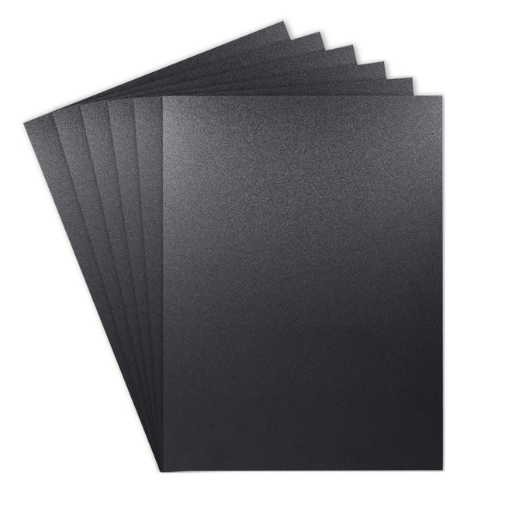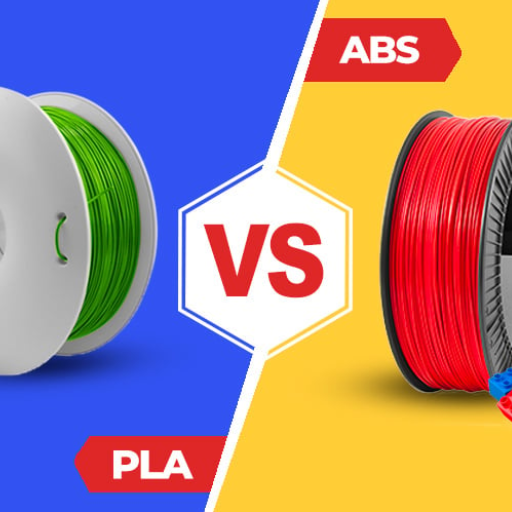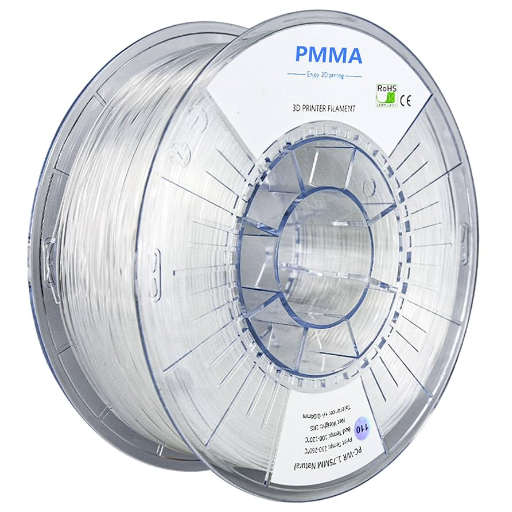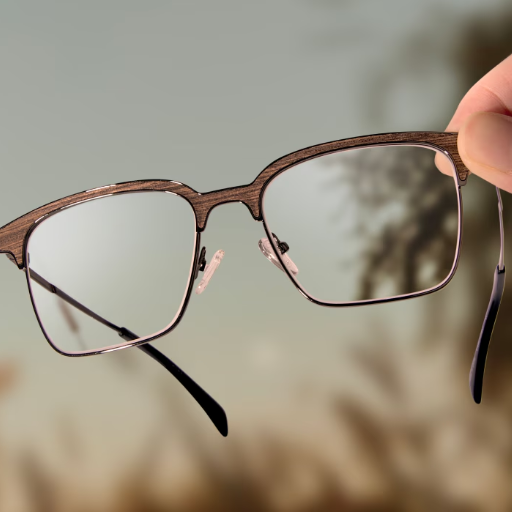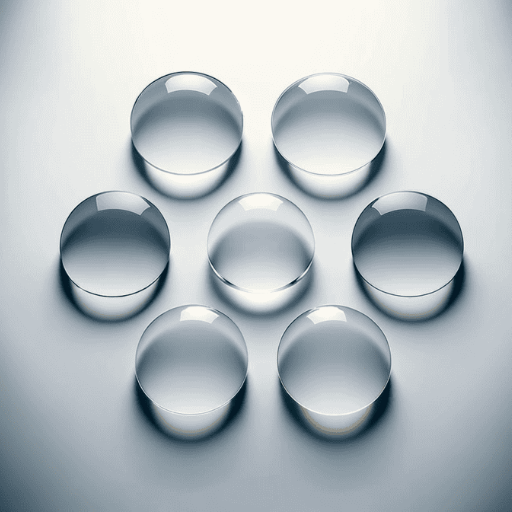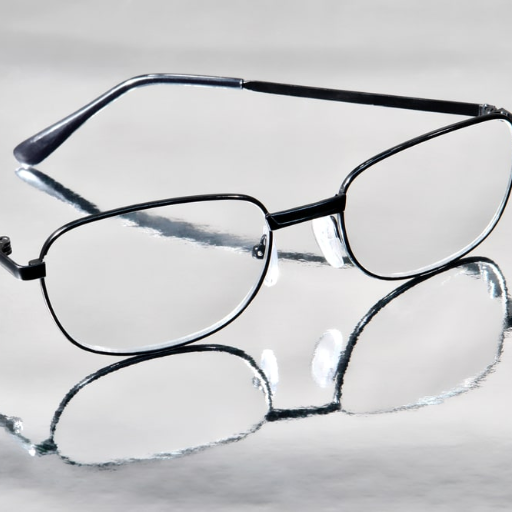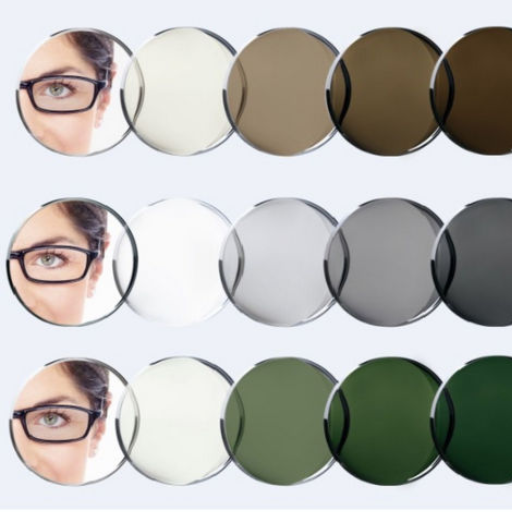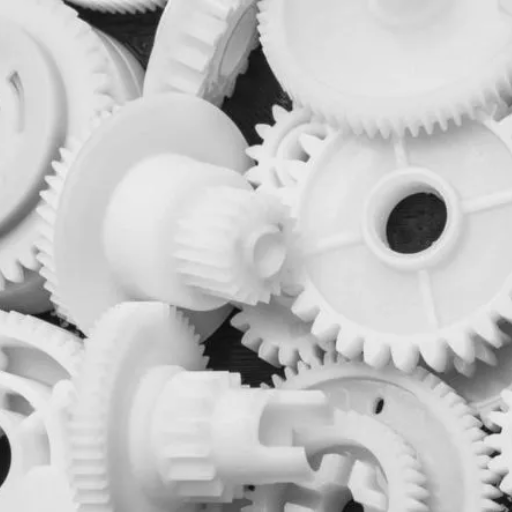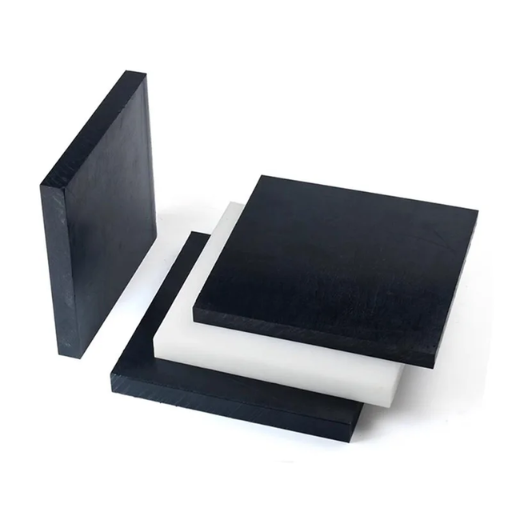It is crucial to remember that there are three basic areas that govern engineering progress: materials are one of them, and a clear preference for the Tecaform® AH Copolymer C Polyacetal (Pom-C) material for precision, wear resistance and ease of fabrication has emerged of late. This blog post will examine the main characteristics of Pom-C, looking thoroughly inside at its chemical composition, mechanical properties and applications. In a survey of research and analysis, the production of equipment or engines requires, among others, the specifically defined properties of the Tecaform® AH Copolymer. After reading the given article, all those who need to know why the Pom-C material is regarded as one of the best working engineering polymers to cater to certain industries, will find this chapter handy.
Main Features of Pom-C
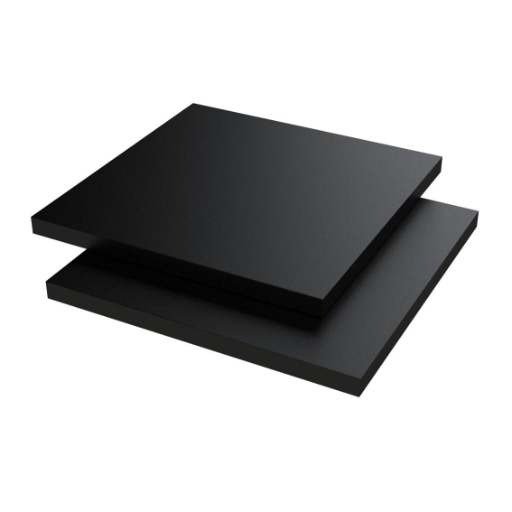
- High Mechanical Strength and Rigidity
Table 1 clearly shows that Pom-C haves a great resistance to strenuous activities, thanks to the high tensile strength of the material. As shown in Table 2 below, the maximum tensile strength of the material is of the range of 60 to 70 MPa, enabling it to support many mechanical forces.
- Low Friction Coefficient and Wear Resistance
Its smooth characteristics and reduced wear levels make Pom-C suitable in the preparation of parts such as gears, bearings and slides that are always in use considering that they offer excellent durability.
- Excellent Dimensional Stability
This can be attributed to the fact that the Pom-C adequately preserves its design even within mechanical and thermal environments. These include a very low thermal expansion, which offers reliability for applications where high-performance accuracies are mandatory.
- Wide Temperature Range
With an approximate working rango of -40°F to 212°F (-40°C to 100°C), Pom-C can be employed for diverse temperatures without change in the performances of the material.
- Resistant to Chemicals and Hydrolysis
This is because, in contrast with homopolymers, this copolymer has enhanced hydrolysis resistance and is not affected by many solvents, oils, and mild acids. This makes it suitable for usage in surfaces that might have chemicals in contact or moisture present.
- Low Moisture Absorption
The likely moisture content of Pom-C is very poor (below 0.8% by weight at saturation), ensuring that it could never weaken or delaminate this material even in high humidity levels.
- Excellent Machinability
Having little or no deformation techniques when machining allows for the machining and manufacturing of intricate and accurate parts of Pom-C products.
Physical Properties
- Density
It remains 1.41 g/cm³, thanks to which great structural strength and support is achieved without adding any bulkiness to the parts.
- Tensile Strength
Regarding the material, it has a tensile stress component totalling up to 70 MPa which aids application designs where high forces are involved.
- Elongation at Break
The Possibility of Control The Possible Increase in The Temperature of Different Elements of Pom-C Material is 20-40% That is Halvard.
- Flexural Modulus
“Flexural” strength of Pom-C includes a flexural modulus of about 2800 MPa, hence rendering it very rigid and resilient to stress.
- Impact Resistance
The Hokomo’s Compounds What ever them Impact Resistive Materia Transportation such as Containers For Crating thick Gage however Exists At Temperature of Room where usually Most Breakag Practically Cum Up.
- Thermal Stability
Mechanical Properties
- Tensile Strength
-
- Value: 70 MPa
- Description: Pom-C has very High tensile strength and will not undergo much deformation, barring the mechanical influence of external tensile forces.
- Flexural Modulus
-
- Value: Approximately 2800 MPa
- Description: It is also very stiff making the material to be highly resistant to any application of bending forces without any hysteresis.
- Elongation at Break
-
- Value: 20-30%
- Description: In addition, it is able to exhibit a certain degree of stiffness while having moderate extension at tension, which allows it to withstand large elongation before delicately breaking.
- Notched Impact Strength
-
- Value: ≥7 kJ/m²
- Description: The impact forces are handled efficiently so that the chances of sudden failure or even crack formation due to loading are very slim.
- Hardness
-
- Value (Shore D): 80-85
- Description: Pom-C possesses strong wear resistance that helps protect the surfaces of an object against abrasion and maintains its contact surfaces during operation.
Applications of Pom-C in Various Industries
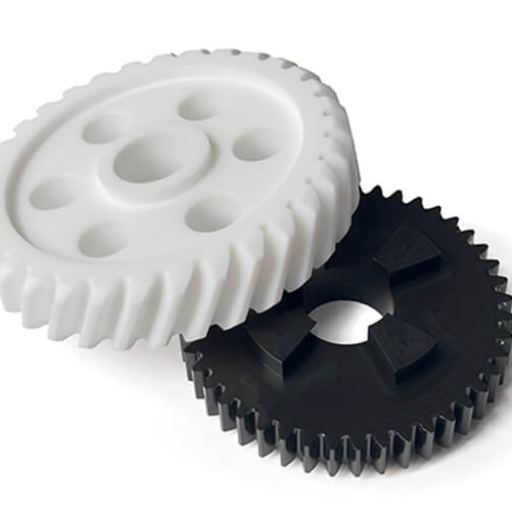
- Automotive Industry
-
- Applications: Pom-C helps in manufacturing gears, bearings, fuel sender units, and even internal door system fittings. It is because of its excellent dimensional dimensional stability, low friction, and wear resistance.
- Data Point: Due to the Pom-C made components for automotive, the noise caused by blank workings and structural resonance will add up to an extraordinary 20%, which makes the improvement of structural elements and comfort, simultaneously increasing the performance level of the vehicle.
- Industrial Machinery
-
- Applications: In particular, conveyor belt parts, bearings, chains, and valves among other machine parts are made using Pom-C, to protect them from wear and tear.
- Data Point: For standard conditions of working, Pom-C absorbs only 0.2% of water causing dimensional stability and unwanted changes in the equipment(formwork).
- Food Processing
-
- Applications: Within Federal regulatory standards, POM-C compositions can be arranged for foods without the aid of conveyors, pranking equipment, or axle supports.
- Data Point: There is no need to change the washing equipment because Pom-C can withstand the effects of alkaline solution cleaning chemicals and can still be used for food contact applications improving the performance by 30%.
- Medical and Pharmaceutical Industry
-
- Applications: Used in surgical tools, as well as implant-based products and diagnostic equipment, based on their bio-functionality as well as the ability to be sterilized.
- Data Point: Evaluations showed Pom-C sustained autoclave more than 500 times without any major damages, therefore it is preferred in clean rooms.
- Electronics and Electrical Engineering
-
- Applications: Out of the fear of arcs destroying the structures, pom-C can be used in electrical devices where accessories, supports, and envelopes having accessories to facilitate cables are made.
- Data Point: For all temperatures and weather conditions, containers holding sensitive sources of heat are designed from Pom-C, because it has a CTI of 600 V which is quite high enough to prevent fiber failures in many of the particular systems.
Automotive Industry
Its technical name is POM-C for polyacetal, and it serves an important purpose in the automotive industry manufacturing for its great physical capacities and resistance to major occurrences of wear and friction. Alkenated pom c is mainly popular in fuel handling and systems, e.g., fuel pump casings or fuel system control valves, since it can stand up to so many different additives and fuels and doesn’t develop localized corrosion. POM-C is also applied for the creation of accurate, high-performance machining elements such as gears or even bearings by making the most of its inherent flow and wear resistance even under such an intense fatigue condition.
The latest advancements in materials science also show improvements in the thermal properties of Pom-C, which has made it possible to extend its application to high temperatures, which is very useful in the automotive industry. For example, automobile components made of Pom-C can be used at temperatures ranging between about 100°C and 120°C without any permanent deformation, while maintaining a good level of performance. Moreover, its lightweight ensures that it can contribute towards the achievement of environmental goals to reduce the weight of vehicles and pollution.
Electronics Sector
POM-C, or a derivative of acetal resin, is pertinent to the electronics industry with its notable traits, such as noted electrical insulation, the capability to maintain the dimensions of the part, and the resistance to abrasion. This type of plastic is completely suitable for producing such precision elements as connections, casings, or gears of electronics equipment, where the highest conditions and the longest function are required. Low losses associated with high frequencies can be attributed to the low permittivity and low dissipation of POM-C. Additionally, POM-C exhibits advanced moisture resistance and chemical corrosion protection, essential for high humidity and extreme operational conditions. All these factors have made POM-C one of the most popular materials in the electronics of our time, as there is no part of modern electronics that does not require efficiency, longevity, and performance.
Medical Devices and Consumer Goods
Polyoxymethylene copolymers (POM-C) have been shown to offer unique benefits in the field of medical machinery and consumer products due to the remarkable mechanical strengths and the biocompatibility of the thermoplastic. The great strength, resistance to deformation and abrasion, and stability of the components have made them valuable components for medical equipment such as inhalers, surgical instruments, as well as gear mechanisms in diagnostic equipment. In addition, POM-C meets certain requirements of the compatibility requirements of medical devices in consideration of sterilization, which means the polymer offers great performance for healthcare in the span of application.
In the case of consumer goods, POM-C has excellent strength that allows its parts to be very precise and durable, which can be applied from making kitchenware to items in vehicles. The resistance to such factors as moisture and many chemicals also contributes to these items’ usefulness. Use of technology has also enabled the expansion of the scope of application of POM-C – it is not only expensive in its physical characteristics as a part of being among the modern polymer,s but also efficient in the creation of dominating the contemporary everyday issues with higher economy and improved performance materials.
Advantages of Pom-C Over Other Materials
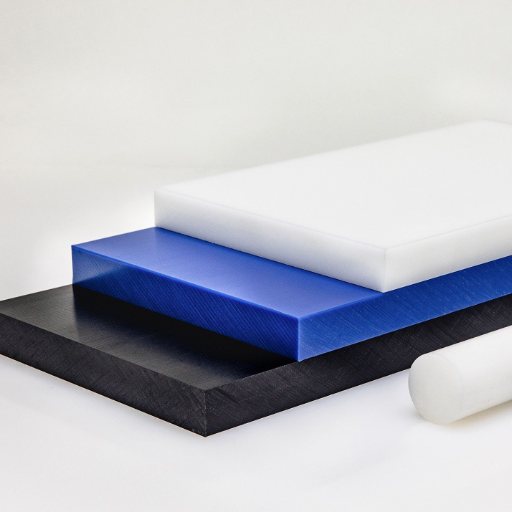
- High-Dimensional Stability
POM-C is, in internet dimensional terms, very stable and does not exhibit any expansion or contraction changes with varying temperature. Its low coefficient of expansion (< 1.1 x 10^-4/°C) means that the material is utilized under stress without changing its dimensions in case it is used for an application where high precision is required.
- Superior Mechanical Properties
POM-C has a higher tensile strength (usually around 70 MPa) as compared to some other thermoplastics. Its modulus of elasticity is also very high making it to be able to resist deformation when subjected to mechanical forces. Such properties make the material particularly suitable for load-bearing and high-stress conditions.
- Excellent Wear Resistance
With a lower frictional contact surface (approximately 0.25 in comparison with steel) and excellent wear resistance properties, POM-C poses a much better alternative to other conventional polymeric sliding or rotating materials such as bearings, for instance. Consequently, it is best suited for gears, bearings, and bushes.
- Chemical Resistance
POM-C exhibits excellent chemical resistance and can resist many chemicals including hydrocarbons, organic solvents and aqueous solutions of inorganic and alkalis metals. This property prolongs its use in harsh conditions contaminated with particular chemicals, because polymers such as nylon or abs do not offer as much longevity.
- Low Moisture Absorption
Unlikely macromolecules such as nylon that absorbs 8-9% moisture at full saturation in humid atmosphere, POM-C has a very low moisture absorbtion rate, of about 0.2-0.25%. This prevents formation of dimensional changes and assures that dimensions of the component remain acceptable even when they come to be in contact with moisture.
Lightweight Nature
The POM-C material density is very low at around 1.41g/cm3 and is therefore considered much less dense than metal and possesses similar mechanical strength in various applications. This is highly important in any sector that addresses the escalating modifications of machines in terms of fuel-efficient materials, such as automotive and aerospace, that involve weight-saving measures. This is also the reason for reduced weight floor loads in components while ensuring the structures remain stable, an essential element to guarantee fuel efficiency or reduce operational energy costs. Moreover, its lighter mass eases issues related to transport of the material or its usage, making it easy to manufacture or assemble.
High-Dimensional Stability
The phenomenon of high-dimensional stability depicts that the proportions and shape of a material will remain constant over a period, and the material will not lose its shape under changing conditions. Such changes may be induced in the environment through factors such as temperature, moisture, and mechanical stress, and it is essential to retain such properties very well. For example, such stability and consistency would be appreciated in the aerospace, electronics, and precision engineering industries. Performance of modern materials with high dimensional stability implies that they have very low coefficients of thermal expansion; hence, deformation of these materials is expected to be minimal when subjected to fluctuating temperatures. One such example includes the use of polymer composites reinforced with carbon fibers or ceramics, since they do not warp or distort very easily. It also indicates that materials which are characterized by high dimensional stability significantly improve the performance and reliability level of the parts, thus reducing the needs for constant adjustments and maintenance that can be frequently associated with complex systems.
Technical Details and Properties
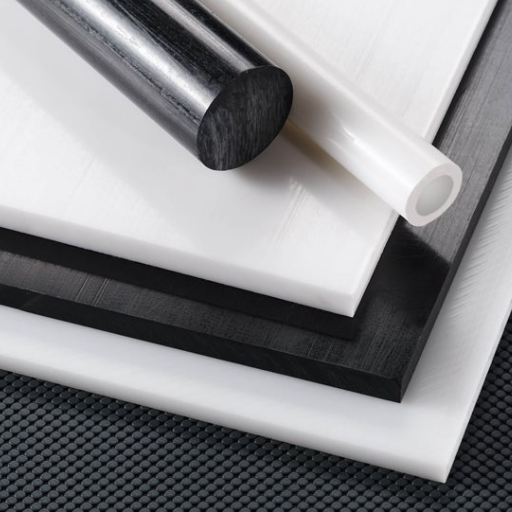
Heat conduction properties of materials are quite advantageous. This is more so in environments where heat needs to be transferred or where thermal management solutions are necessary. Sections of equipment that tend to overheat and dry up are usually referred to as thermal points. The materials that conduct heat very well such as copper (values around 400 W/m·K) or aluminum (approximately 237 W/m·K) are most effective for heat removal in electrical and industrial plants. On the other hand, there are other materials of low thermal conductivity which are perfect for insulating applications. Ceramics, especially ceramic materials with a thermal conductivity between 1-10 W/m·K, are excellent in heat insulation. The choice of materials to employ for their thermal conductivity should be in line with the said temperature spans and the surrounding exposure conditions so as to prevent failure or shortening of the useful lives of the materials to be used.
Datasheet Overview
This technical summary covers detailed functional requirements and performance characteristics aimed at understanding the constraints to be observed in the solutions developed in engineering. It encompasses specific data on the thermal conductivity, electrical resistivity, physical strength, and temperature ranges of commonly used materials. As one of the examples, the advanced composite materials currently reach the thermal modulus that is adequate for both high performance in the energy exchange impacts and insulating resistors. It can be noted that recent advances in the field of nanotechnology have also led to the upscaling of them materials, particularly graphene. It is because the thermal conductivity of nano-graphene is revelatory of values of up to 2000 W/m·K and above, enabling it to be used in high thermal management uses, achieving higher levels of efficiency. Further, these researches concerning the properties of ceramics have also improved, bringing with them the capability of withstanding higher temperatures and loads. Therefore, the datasheet provides a detailed expert review of each material used in production in order for each material to be comparable with the actual design and its actual implementation.
Comparison with Metals and Other Plastics
|
Parameter |
Metals |
Plastics |
High-Performance Nanomaterials |
|---|---|---|---|
|
Thermal Conductivity |
High (50-400 W/m·K) |
Low (0.1-0.5 W/m·K) |
Extremely high (2000+ W/m·K in graphene) |
|
Density |
High |
Low |
Moderate to low |
|
Mechanical Strength |
Excellent |
Varies |
Exceptional (graphene, ceramics) |
|
Corrosion Resistance |
Moderate |
Excellent |
Excellent in engineered cases |
|
Electrical Conductivity |
High |
Insulating/Resistive |
Variable (conductive in graphene) |
|
Thermal Stability |
Good to very good |
Moderate to poor |
Excellent (ceramics, nanomaterials) |
|
Manufacturing Complexity |
Variable |
Simple |
High |
|
Cost |
Medium to high |
Low to medium |
High (early-stage technologies) |
|
Environmental Impact |
Resource-intensive |
Lower |
Depends on scaling methods |
|
Suitability for Extreme Environments |
Moderate to high |
Low |
Outstanding |
Stock Program and Availability
There is an industrial standard for new and advanced heat removal products that aims to provide an excellent service to their consumers. The levels of most interest for customers are ‘off the shelf’ type products which will ensure timely delivery of the important components in the shortest periods. Finally, manufacturers or companies providing such products offer custom-made products that can be produced to fit exact customer specifications for special applications or uses. Recent developments in the market also indicate that high-performance materials are quite enviable, especially in the sectors of electronics, aerospace, and energy, since the flow rate is necessary. Working with global partners allows for a trouble-free increase in such materials while all the criteria are being followed to the letter. More information concerning specifications or current stock levels can be obtained from the catalogues of the suppliers or can be requested from the customer service department.
Effective Usage Tips for Pom-C
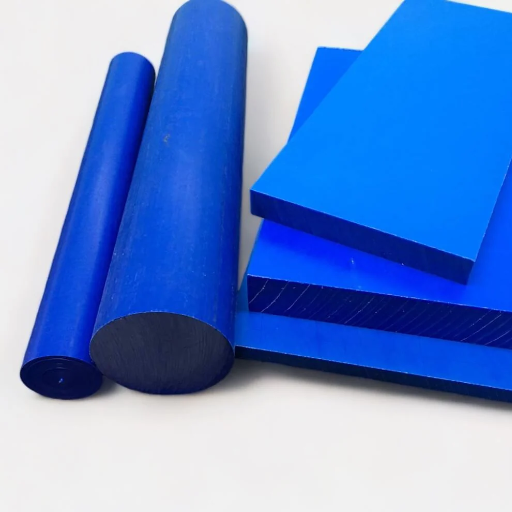
- Processing Conditions
- The optimal processing temperature to be maintained for the best flow and dimensional stability is between 190°C and 230°C. The mold temperature should be set between 80°C and 120°C for better appearance finishing in particular
- Moisture Control
- Although Pom-C has low water absorption (less than 0.2% at 23°C and 50% relative humidity), it is recommended that the material is stored in dry conditions as moisture present could lead to stress cracking over time, and ultimately; crazing and mechanism of failure.
- Chemical Compatibility
- Pom-C is not recommended for use in regions where the probability of contact with such materials is high. In most cases, the effect is permanent, although the cross-linked grades offer better resistance. In any case, try to avoid contact with strong acids such as sulphuric and hydrochloric acids. Assessment of equipment in chemical environments should be conducted with a view to existing resistance data.
- Machining Guidelines
- Use sharp and high-speed cutting tools to bring out precision results. Cut at a cutting speed between 300–500 meters per minute and use low feed rates (~0.1–0.3 mm/rev) in order to minimize poor surface quality and maintain accuracy.
- Temperature Range for Application
- Pom-C remains unaltered by the effects of -40°C to +100°C working temperatures. Scenarios outside of this scope will compromise the strength of the material and its ability to creep. Thicker shapes with exposed sides are more at risk, and it is advisable to use additional thermal insulation when temperatures tend to rise or fall frequently.
Machining Recommendations
- Tool Selection and Wear Resistance
Use harder POM-C, more efficiently with the inclusion of carbide tools, given that they exhibit high hardness and wear characteristics compared to the high-speed steel (HSS) tools. This prolongs the service span of the tool and through its application, it guarantees consistent performance of the tool in close tolerance work even in extreme conditions. Coated carbide tools like Titanium aluminum nitride (TIN) plated tools perform better in these circumstances because TIN tools reduce the effects of thermal wear when machining in a dry or semi-dry state.
- Coolant Usage
Though POM-C can be produced without coolants to a large part due to low thermal conductivity, a coolant would be necessary for higher speed actions or long periods of running. Such avoidance helps prevent local overheating, free built-up edges (BUE), and also prevents certain changes in the dimensions due to heating effects. For this purpose, one can set up the machine to use water-soluble cutting fluid so that the removal is meaningfully limited to the affected point of the part.
- Vibration Control
In order to achieve desired surface finishes and dimensional tolerances, vibration control is quite often critical. These states no doubt, will in turn include using well-balanced tooling, clamping the work on the stage with minimization of clearances, and, as a last, thin-walled structures, where working under face will most certainly induce deformation. It will be appropriate to recommend soft jaw workholding lips for thin-walled parts, as the same will help reduce damage caused during machining.
- Chip Removal and Workpiece Integrity
POM-C is always inclined to form long heat-dissipated chips during turning, which have always to be efficiently managed. Integrate a means for chip removal to keep the working area free and the production waste to the minimum. Where components are thin or detailed, lessen the cutting force to reduce the chances of saturated parts and microcracks.
Temperature Considerations
Reference Sources
-
Thermo-oxidative Aging of POM-C: This study investigates the effects of thermo-oxidative aging on POM-C, comparing its performance with ABS and PC polymers. It highlights POM-C’s durability and stability under oxidative conditions, making it a preferred material in high-stress environments. Springer
-
Tribological and Physico-Chemical Properties of Electron Beam Irradiated POM-C: The study explores how electron beam irradiation affects the tribological and physico-chemical properties of POM-C. It demonstrates improved wear resistance and mechanical performance post-irradiation. Jeju National University Repository
-
Pressure-Velocity Limit Evaluation on POM-C+ Carbon Black: This research evaluates the tribological behavior of POM-C enhanced with carbon black under varying pressure-velocity conditions and temperatures. It identifies optimal conditions for its use in high-performance applications. ScienceDirect
Frequently Asked Questions (FAQs)
Q: What is the standard information about POM-C material properties?
A: POM-C, or polyoxymethylene copolymer, is a versatile engineering plastic known for its unique balance of physical properties. This material is manufactured by Ensinger and is available in various stock shapes such as sheets and rods. The standard properties include high strength, good chemical resistance, and a high degree of toughness. POM-C is often used in target industries like automotive, electronics, and consumer goods due to its excellent performance under stress. It is also worth noting that POM-C exhibits low porosity, which enhances its durability and reliability in various applications.
Q: How can I download detailed information on POM-C material properties?
A: To download detailed information on POM-C material properties, you can visit the official Ensinger website, where technical data sheets and catalogs are available. These resources typically include comprehensive details on the physical properties not available in standard documentation. You will find specifications on the copolymer acetal’s mechanical strength, thermal stability, and chemical resistance. Additionally, these documents often provide insights into the manufacturing processes and applications of POM-C in various industries. Downloading this information can help you make informed decisions when selecting materials for your projects.
Q: In which target industries is POM-C commonly used?
A: POM-C is widely utilized in several target industries, including automotive, aerospace, and consumer products. Its excellent mechanical properties and good chemical resistance make it ideal for producing parts that require high durability and precision. Components such as gears, bearings, and fasteners in the automotive industry often rely on POM-C due to its ability to withstand harsh conditions. Furthermore, its food contact compliance allows for applications in the food processing industry. The versatility of POM-C ensures that it can meet the diverse needs of different sectors effectively.
Q: What are the key performance characteristics of unfilled POM-C copolymer?
A: The unfilled POM-C copolymer boasts key performance characteristics such as high crystallinity and a good degree of toughness. These features contribute to its ability to maintain structural integrity under mechanical stress. Additionally, the material offers high chemical resistance, making it suitable for use in environments where it may be exposed to aggressive substances. Unfilled POM-C is particularly noted for its low moisture absorption, which helps in maintaining dimensional stability. These attributes make it a preferred choice for engineering applications across various industries.
Q: How does POM-C compare to other engineering plastics?
A: POM-C stands out among engineering plastics due to its unique balance of physical properties, which include high strength and good chemical resistance. Compared to materials like nylon or acetal homopolymer, POM-C typically offers better dimensional stability and lower moisture absorption. While many other thermoplastics may struggle under high-stress conditions, POM-C maintains its performance, making it highly reliable for critical applications. Additionally, POM-C is often available in a wider range of stock shapes, such as sheets and rods, providing greater flexibility for manufacturers. This combination of attributes makes POM-C a preferred material in various engineering applications.






